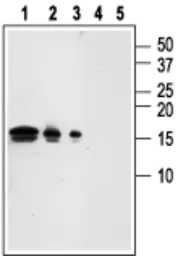GDNF antibody
Cat. No. GTX03708
Cat. No. GTX03708
-
HostRabbit
-
ClonalityPolyclonal
-
IsotypeIgG
-
ApplicationsWB ICC/IF IHC-Fr
-
ReactivityHuman, Mouse, Rat



